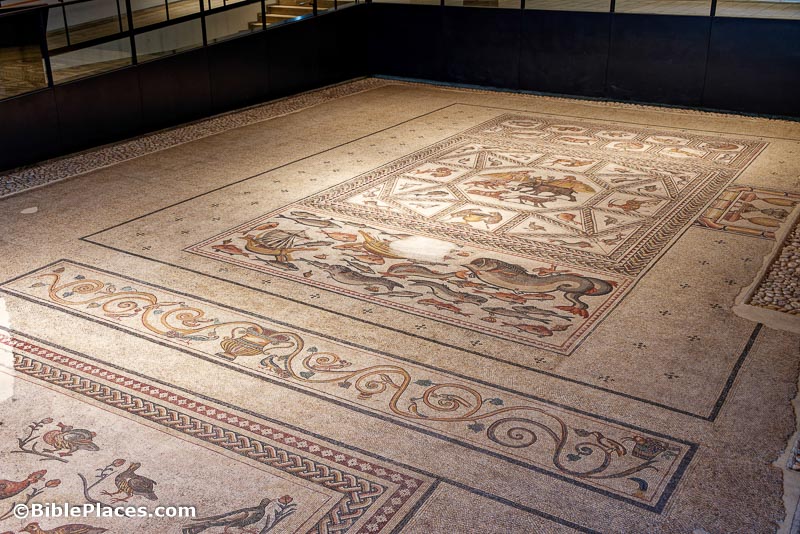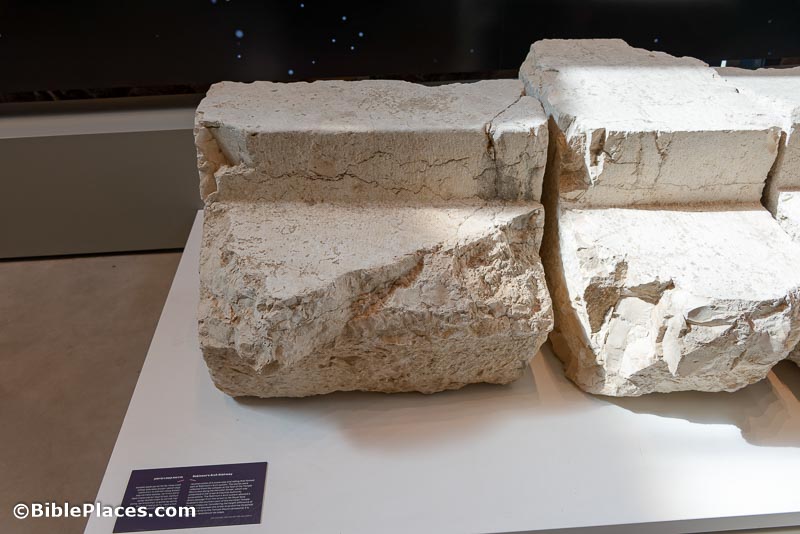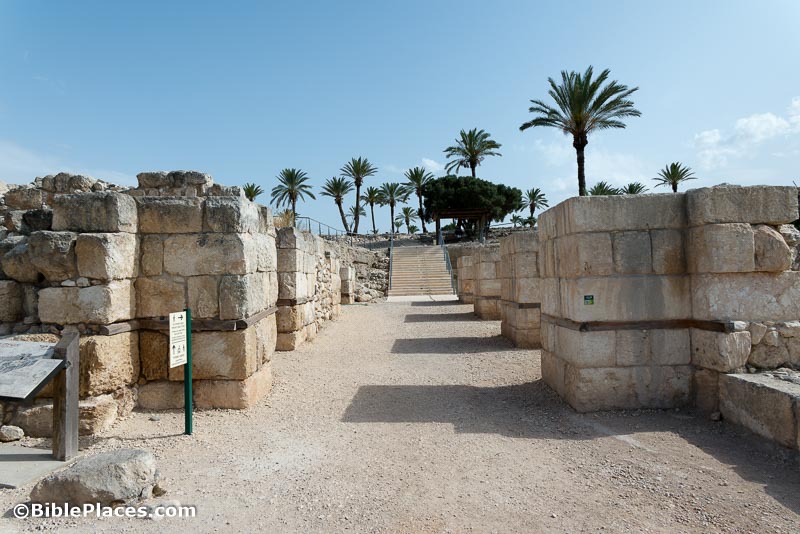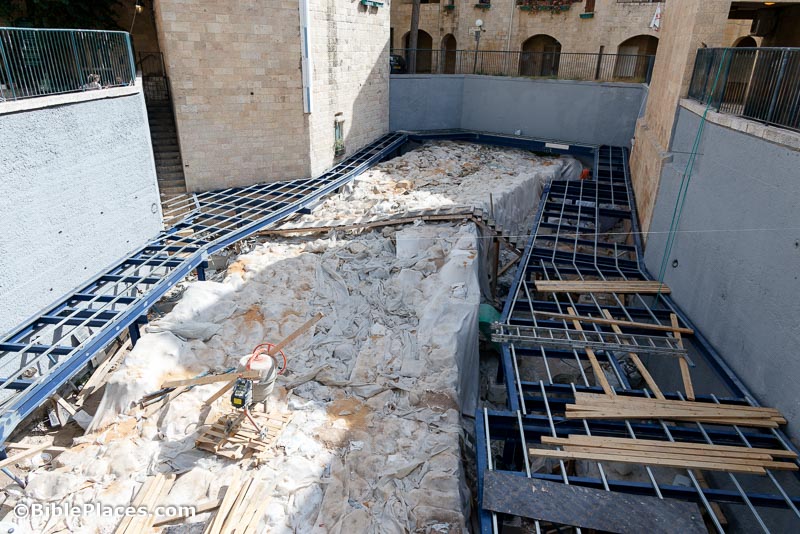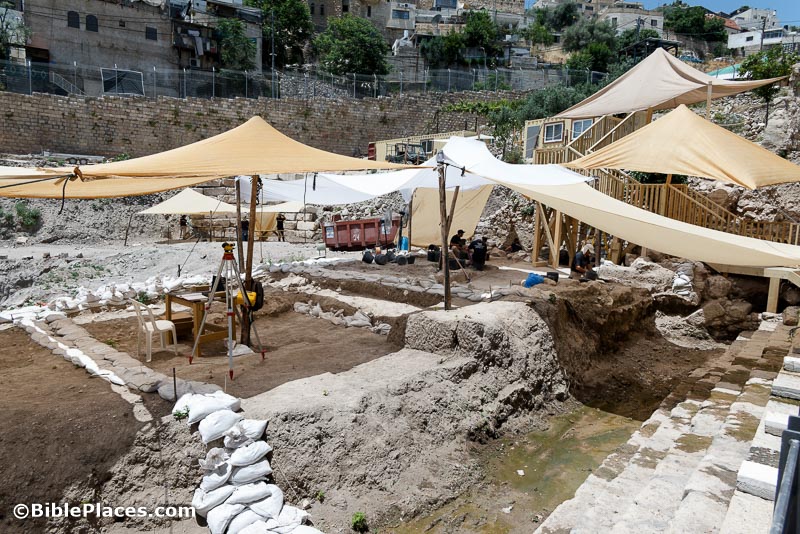Excavations in the Sarachane Archaeology Park in Istanbul uncovered a fragment of a statue of the Greek god Pan holding a flute.
Turkish Archaeological News rounds up the top stories in the month of May, including mention of three new museums to open in Kuşadası (ancient Ephesus)
Writing for Religion Unplugged, Kim Lawton reports on her recent travels to the seven churches of Revelation. She interviewed me as part of her research.
The Christian Post has a feature on places in Turkey related to the apostle Paul.
A retired garbage collector helped uncover two dozen bronze statues in central Italy.
Three more victims of the Vesuvius eruption were discovered recently at Pompeii.
The National Archaeological Museum of Naples will be opening a new branch in the city to display more of its collection.
Stephen DeCasien investigates the development of the naval ram in early maritime warfare.
Katerina Velentza describes her project to “interpret anew where, when, why and how sculptures were transported by sea in the ancient Mediterranean world.”
New video from the British Museum: “How the Greco-Persian Wars changed the way Athenians drank their wine” (16 min).
Terry Madenholm investigates how the ancient Greeks and Romans viewed suicide.
“Last week the American Academy in Rome launched a major update to the Arthur & Janet C. Ross Library’s Digital Humanities Center, giving the repository a new look and feel while increasing access to the collections and their research value in several important ways.” This resource is easily searchable, especially by location, with lots of old photos.
HT: Agade, Joseph Lauer, Arne Halbakken, Ted Weis, Stephanie Durruty, Wayne Stiles, Alexander Schick, Gordon Franz, Explorator
The Lod Mosaic Museum protects a beautiful Roman-era mosaic, but I think it’s unlikely to get many visitors, especially with the $10 entrance fee.
